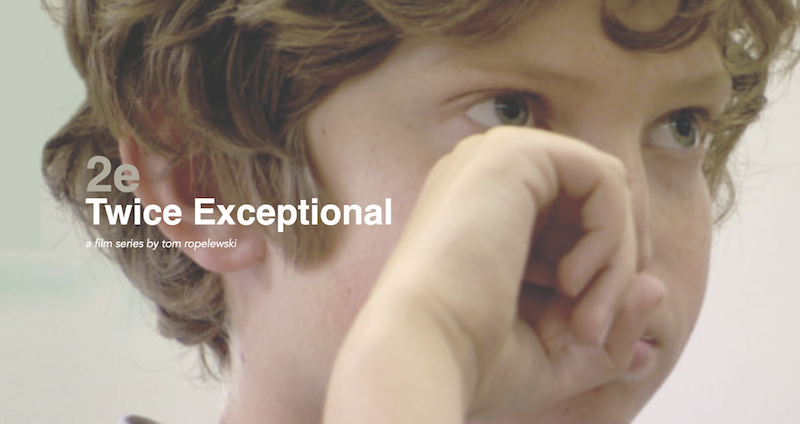Tag: education
-

2e: Twice Exceptional Movie Review
2e: Twice Exceptional is a low-budget documentary with heart. There’s nothing fancy about this peek into the lives of twice-exceptional teens, their parents, and their teachers. But just the existence of this documentary is revolutionary enough. 2e? The average reader’s first question is obvious: 2e? What’s that? I wrote a long discourse on the topic…
-
“What do you have against the public school system?”
It’s the sort of question homeschoolers report receiving in stores, at the Thanksgiving dinner table, while pumping gas… In this case, it was in the hot tub at my health club. He prefaced the question by explaining that public education “was sort of a family business,” with relatives working as teachers and administrators. When he…
-
On choosing a career
When I was a child, I was really good at math, but I loved books and writing. I will never forget my disappointment when everyone at my elementary school took an assessment that was supposed to predict good career choices. The test said I was supposed to be a mathematician. My dad, I knew, thought…
-
Gifted Kids: The disconnect between input and output
It’s hard to educate a child who is profoundly asynchronous, as many gifted children are. While a young gifted child may have a high school level vocabulary, they may struggle to hold a pencil. And the disconnect becomes even more pronounced as the child grows and seems to become more mature. When a child can…
-
The value of the personal touch….online!
I may not be able to bring snacks for my students, but when it’s done right, online learning creates community just as in-person learning does.